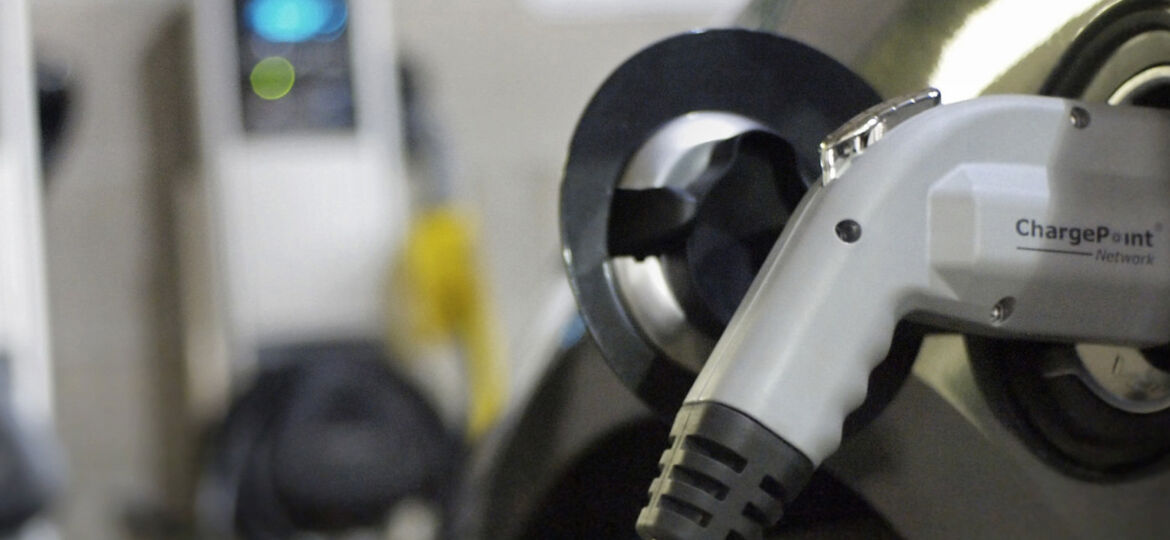
WHY THIS MATTERS IN BRIEF
Electric vehicles have been held back by battery and charging technologies, now a single supercapacitor technology might be able to solve both in one hit.
UK technology firm Augmented Optics and its partners, the University of Surrey and the University of Bristol have revealed a new supercapacitor material that they say can charge an electric vehicle as quickly as refuelling a conventional car, and the new breakthrough could render lithium-ion batteries obsolete.
The new material that could replace conventional lithium-ion batteries, which are the most commonly used types of batteries by far, is a soft polymer that’s based on, oddly enough a technology found in contact lenses, and it dramatically boosts the performance of supercapacitors, the lightweight electronic components that store and distribute high volumes of power.
The new polymers are based on large organic molecules composed of many repeated sub-units and bonded together to form a 3D network and it’s been tested by researchers at the University of Surrey and University of Bristol whose analysis showed that the new technology is between 1,000 and 10,000 times more effective than current supercapacitors.
“If these are half as good as we think they are, and with more experience, they may take over entirely,” said Dr. Donald Highgate, the technical director at Augmented Optics, who also announced that the group has been working in secret on the project until just a few weeks ago when they broke cover and filed for a patent.
Supercapacitors have the ability to charge and discharge rapidly over very large numbers of cycles, but current supercapacitors are unable to hold charges as efficiently as batteries, and it’s this that’s so far slowed their adoption, for example, where they’re used on buses in China the buses have to recharge every three or four miles. Which is a bit impractical.
This new material brings the new supercapacitors closer to the storage capacity of a lithium-ion batteries, but with the added benefits of immediate recharging and cheaper production costs.
“Although we didn’t initially look at the automotive industry, as the results came in, it became apparent the car industry could be one of the first ones to adopt this technology,” said University of Bristol’s Dr. Ian Hamerton, a scientist on the project.
Previously Tesla Motors’ CEO Elon Musk has said he would bet on supercapacitors over batteries to deliver a breakthrough for electric cars, and, judging by the results we’ve seen so far, he might just be right. And as for the teams next step? They want to build a prototype electric car by the end of this year that can be charged up to a range of 150 miles in just a few seconds. Sign me up for one!

















[…] Source link […]
[…] was more likely to be a breakthrough in supercapacitors, such as the ones created recently that can charge EV’s in seconds not hours, rather than a breakthrough in the EV batteries […]
[…] a key component of EV’s; battery efficiency, which includes the creation of new polymers that can charge EV’s in seconds; charging networks, with the US, for example, announcing it will be rolling out over 25,000 miles […]
Well, here we are, nearly a year later. No prototype has appeared and as far as readers of this site are concerned it seems to be just more battery vapourware.
How about a follow up on this story?
Consider it done. Sometimes technology can take a long time to go from the lab to the market – first it’s got to be proven that it works, then the manufacturing processes have to be refined so they can be scaled at a cost that’s sustainable in the marketplace, and then they’ve got to get out there, sell it and integrate it with other products. In some cases, like AI and 3D Printing, for example, which are both dependent on other technologies as well such as CPU’s, GPU’s and materials, it can take decades before the technology appears on the market.